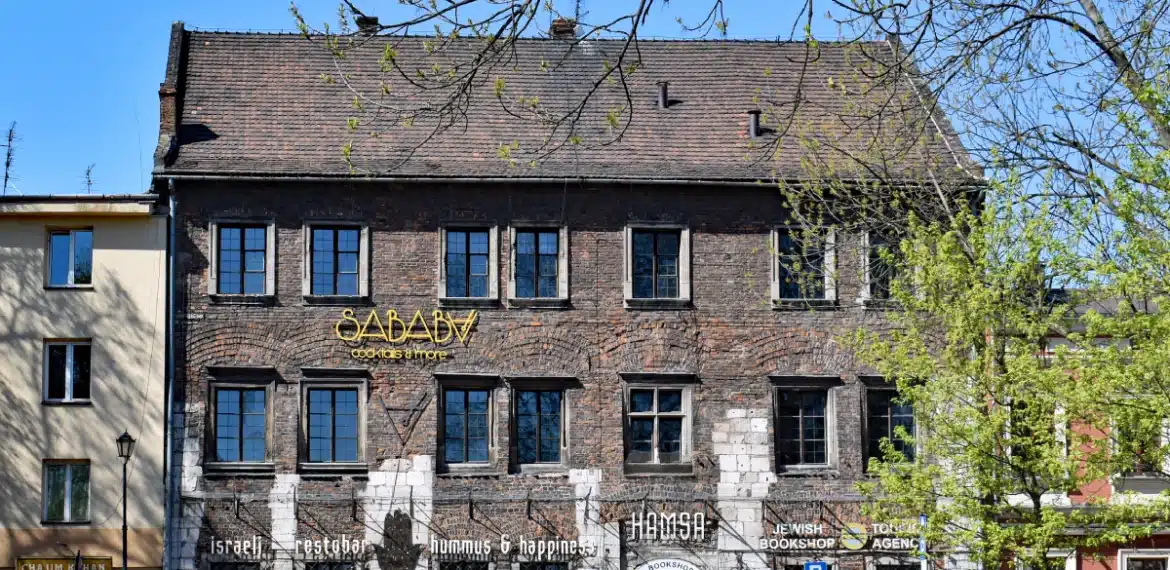Krakow Wiki
Located in 6 All Saints’ Square in Krakow, there is a palace commissioned by voivode Stefan Jordan. F. Placidi undertook the conversion of four medieval tenement houses into a magnate residence. The front facade of the tenement houses was located on Bracka Street, the palace has two gates and a
Located at 41 Miodowa Street in Krakow, the most beautiful secular palace was assigned to Jordan. Recent research has shown the vicinity of Nowy Square as the location of the Jordanian Palace. The palace at Miodowa Street was built in the 16th century. It closes Szeroka Street in Kazimierz from
It is located at 1 Kasztanowa Street in the Wola Justowska district. It is a classic example of an artistic protectorate, cultivated by the patriciate of Krakow, is the palace built in 1533-1540 by the Roman count and royal secretary – Ludwik Just Decius. The palace was erected on the
Is located at 20 Straszewskiego street in Krakow. It was built according to the design of Maksymilian Nitsch. It is characterized by the neo-renaissance style, as evidenced by the columned loggias between two avant-corps referring to the old city buildings. In the years 1970-1977 it was restored.
Is located at Piłsudskiego 12 street in Krakow. Hubert Antoni Krasiński, owner of the Regimentarzówka in Ukraine, doctor and social worker. In 1883 he moved from Warsaw to Kraków, and here he built an elegant mansion there in 1884, designed by Antoni Siedek. After Krasiński’s death, the palace was purchased
This is the former seat of the Balicki family of the Topór coat of arms, and then of the Tęczyński family. At the beginning of the 16th century, Balice was taken over by a Kraków merchant – Seyrid Betman, whose daughter married Seweryn Boner – a representative of the richest
Located was at Sławkowska 32 street. In the past, there was a hotel “under Sobieski” here. In the years 1882-1883, it was rebuilt according to the design of Karol Zaremba into a palace for Countess Brandysowa, and later for the Baden family. In 1921, the belvedere was built according to
There was no room for a palace in the urban concept of Krakow. It was a building that was contrary to the assumptions of the founding city, limited by defensive walls, where every square meter of area was worth its weight in gold. The thirteenth century urban planner divided the
Key Facts • Born: 1910 in Pyzdry near Kalisz • Died: 1976 in Kraków • Education: Polish studies at University of Warsaw, dance at Warsaw Opera • Career: Prose writer, playwright, theater director, literary critic, and journalist • Major Role: Literary manager of Kraków theaters (1945-1948), President of Kraków Branch
An old village near Krakow, today within the administrative borders of Krakow. Probably in the mid-12th century, the village was given by Jakse from Miechów to the Norbertine convent in Zwierzyniec. This was confirmed in 1254 and 1256 by the prince of Kraków, Bolesław the Chaste. Jan Długosz mentioned it
